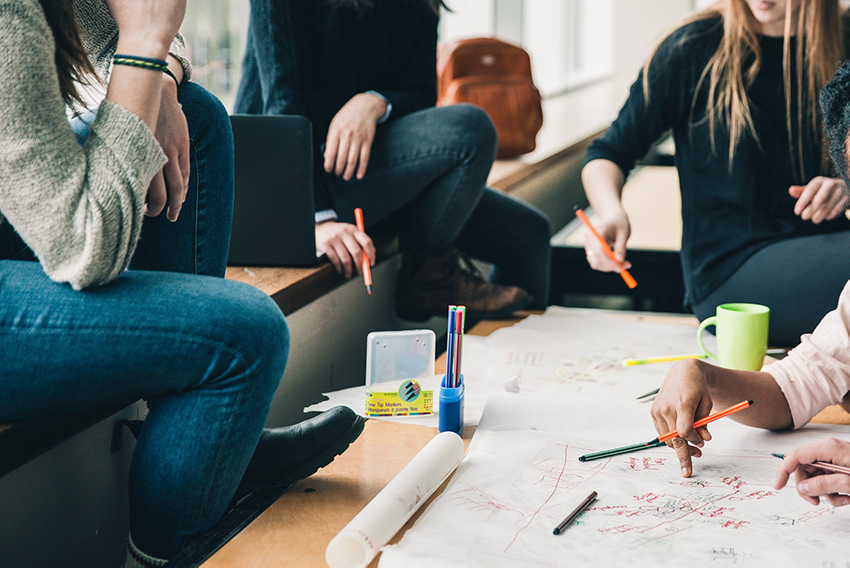5 Tips for Creating a Positive School Culture
Positive school culture—it’s talked about a lot, but why is it important? According to ASCD, “A positive school climate, many argue, is directly correlated to school success.” The National School Climate tells us “Empirical research… shows that when school members feel safe, valued, cared for, engaged and respected, learning measurably increases.”
Since a positive school culture increases learning and improves school success, we decided we wanted to learn more. We searched articles and blogs for tips to build that kind of culture in schools and found some recurring themes. Below are the ideas we saw repeated in most, if not all, of the sources we found.
How to do it?
- Build strong relationships. This idea wove itself through most of the other ideas. To build a positive school culture, relationships are key. This includes relationships between faculty and staff members, between the principal and the teachers, between teachers and students, and between students and the principal.
- Celebrate, recognize, and praise the awesome. Show people that the great things they do get noticed. Focus on the positive and appreciate when good things happen.
- Be a role model. If we ask people to behave in a certain manner, we have to exhibit that behavior ourselves. Set the example with your attitude, words, and actions.
- Mindfully manage the physical environment. Is your school clean and orderly? Is it a comfortable place for all to be? Ensuring the school is well-maintained and displays are inviting and inclusive to all of your school community can help everyone feel safe and welcome.
- Develop a shared vision. It’s easier to move forward in the direction you want if everyone clearly understands the goals and objectives. Communicate and be straightforward about expectations, policies, and rules.
Establishing a positive school culture takes intentionality and work, but it’s worth the effort if it increases learning and improves success.
Want to read more? Check out these sources:
Building a Positive School Culture
Twitter Survey—What demonstrates positivity in a school’s culture?










